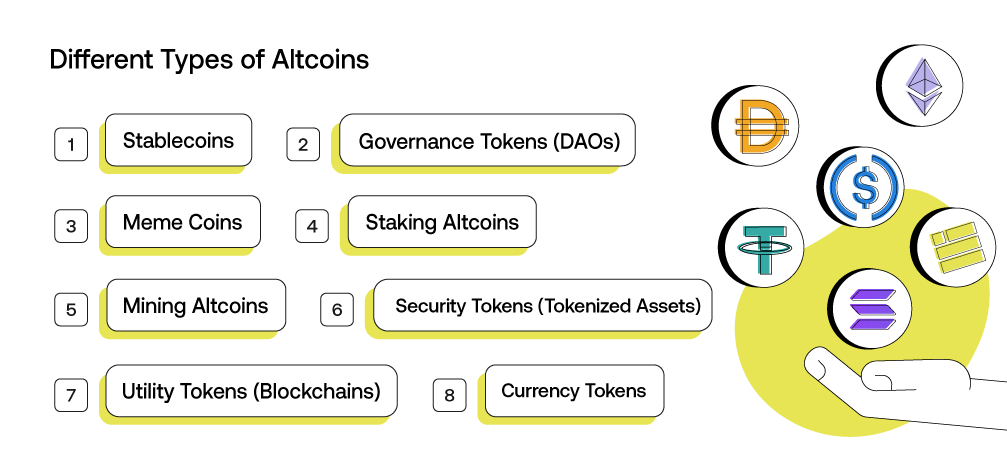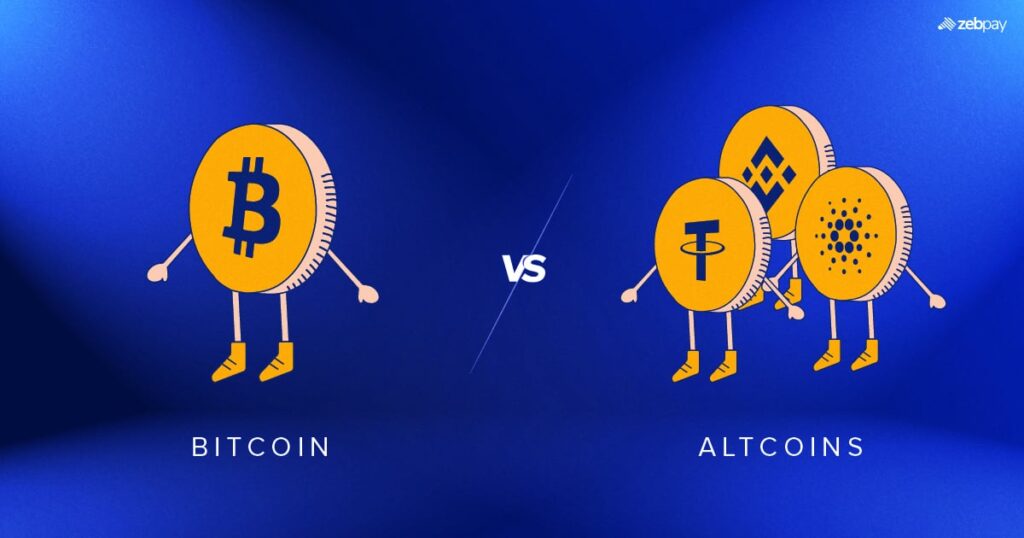Cryptocurrencies have sparked a global financial revolution, shifting traditional paradigms and inspiring innovation. The evolution of cryptocurrency began with Bitcoin and expanded into a vibrant ecosystem of altcoins, each offering unique solutions and applications. This article delves into the history, key developments, and the transformative potential of cryptocurrencies.
Understanding the Evolution of Cryptocurrency
Cryptocurrency represents a digital form of currency secured by cryptography. Unlike traditional government-issued currencies, cryptocurrencies operate on decentralized networks powered by blockchain technology. They offer financial autonomy, transparency, and reduced dependency on intermediaries.
Key Features:
- Decentralization: Operates without a central authority.
- Blockchain Technology: Ensures transparent and secure transactions through a distributed ledger.
- Global Accessibility: Enables borderless transfers without intermediary fees.
Bitcoin: The Foundation of Cryptocurrency Evolution
Launched in 2009 by the mysterious Satoshi Nakamoto, Bitcoin was the first cryptocurrency, designed to create a decentralized financial system resistant to manipulation and censorship.
Key Innovations:
- Blockchain Ledger: A transparent, immutable public record of all transactions.
- Scarcity: Capped at 21 million coins, akin to precious metals like gold.
- Decentralized Validation: Transactions verified through computational mining.
Bitcoin addressed trust issues in traditional banking, setting the stage for a new era of digital assets.
The Rise of Altcoins in Cryptocurrency Evolution
Bitcoin’s success highlighted its potential but also revealed limitations such as slow processing and high transaction costs. Altcoins emerged to address these gaps and introduce new functionalities.
Early Innovators:
- Litecoin (2011): Focused on faster transaction processing.
- Ripple (2012): Aimed at seamless cross-border payments.
- Ethereum (2015): Introduced smart contracts for decentralized applications.
These altcoins expanded the possibilities of blockchain, catering to diverse needs.
Ethereum and Smart Contracts: A Major Milestone
Ethereum revolutionized the cryptocurrency space by enabling programmable smart contracts, fostering the development of decentralized applications (dApps).
Key Applications:
- Decentralized Finance (DeFi): Peer-to-peer lending and borrowing without intermediaries.
- Non-Fungible Tokens (NFTs): Transforming digital ownership in art, gaming, and beyond.
- Decentralized Exchanges (DEXs): Facilitating asset trading without centralized control.
Ethereum’s ecosystem has become a launchpad for countless blockchain innovations.
Specialized Altcoins Driving Cryptocurrency Evolution
As the crypto market matures, specialized altcoins have emerged, designed for distinct purposes.
Categories of Altcoins:
- Utility Tokens: Power transactions within blockchain ecosystems (e.g., Binance Coin).
- Stablecoins: Pegged to fiat currencies for stability (e.g., USDT, USDC).
- Privacy Coins: Ensure user anonymity (e.g., Monero).
- DeFi Tokens: Support decentralized finance platforms (e.g., Uniswap, Aave).


Key Milestones in Cryptocurrency’s Evolution
Cryptocurrency’s dynamic growth has driven several major developments:
- Initial Coin Offerings (ICOs): Funding new blockchain projects through token sales.
- DeFi Revolution: Disrupting traditional banking with blockchain-based financial services.
- NFT Boom: Bringing blockchain to art, collectibles, and entertainment.
These advancements have extended cryptocurrency’s impact across various industries.
Challenges in Cryptocurrency’s Growth
Despite its transformative potential, cryptocurrency faces several hurdles:
- Regulatory Uncertainty: Governments struggle to balance innovation with consumer protection.
- Security Concerns: Issues like exchange hacks and phishing remain prevalent.
- Environmental Impact: Energy-intensive proof-of-work systems raise sustainability questions.
The Future of Cryptocurrency Evolution
As cryptocurrencies intersect with emerging technologies, their role in global finance continues to expand.
Key Trends to Watch:
- Layer 2 Solutions: Enhancing transaction speed and reducing costs (e.g., Lightning Network).
- Central Bank Digital Currencies (CBDCs): Government-issued digital currencies designed to compete with crypto.
- Web3 Integration: Creating a decentralized internet where users control their data and assets.
The convergence of traditional finance and cryptocurrency is reshaping the global economic landscape.
The Evolution of Cryptocurrency
Cryptocurrency’s evolution, from Bitcoin’s inception to the proliferation of altcoins, exemplifies innovation and resilience. While Bitcoin laid the groundwork, altcoins have diversified the ecosystem, addressing limitations and unlocking new possibilities. Blockchain technology now extends beyond finance, influencing industries like healthcare and supply chain management.
As we move forward, the journey of cryptocurrency is far from over. Its potential to empower individuals, redefine norms, and fuel technological progress promises a transformative future.



